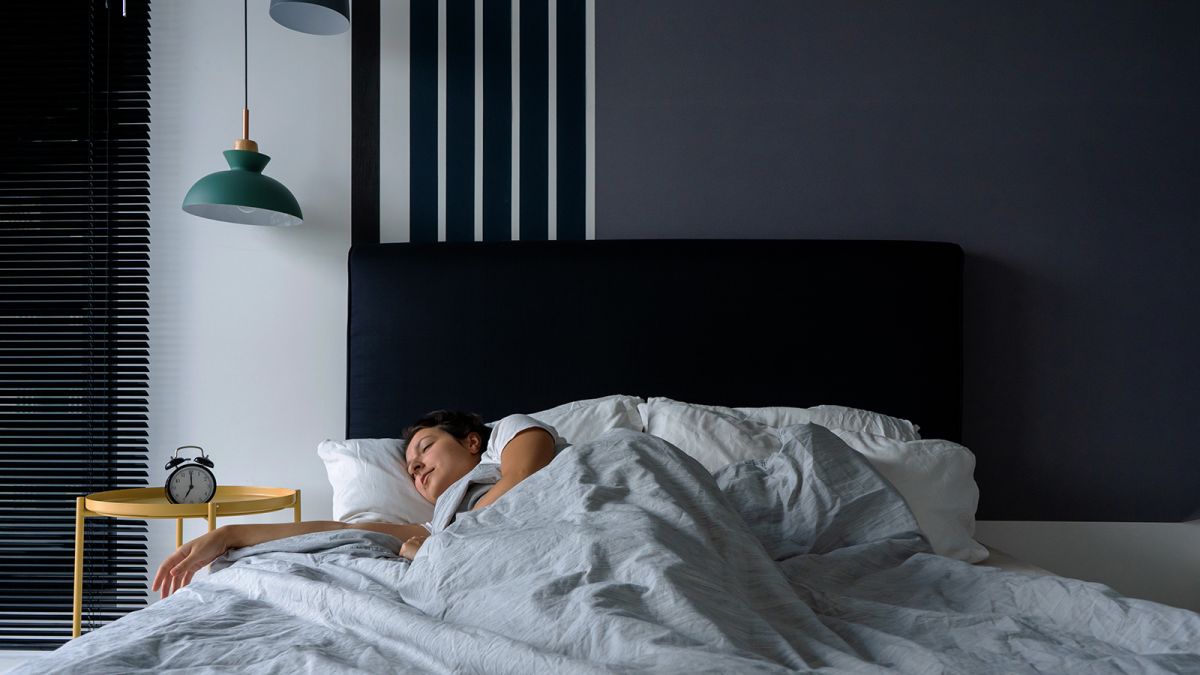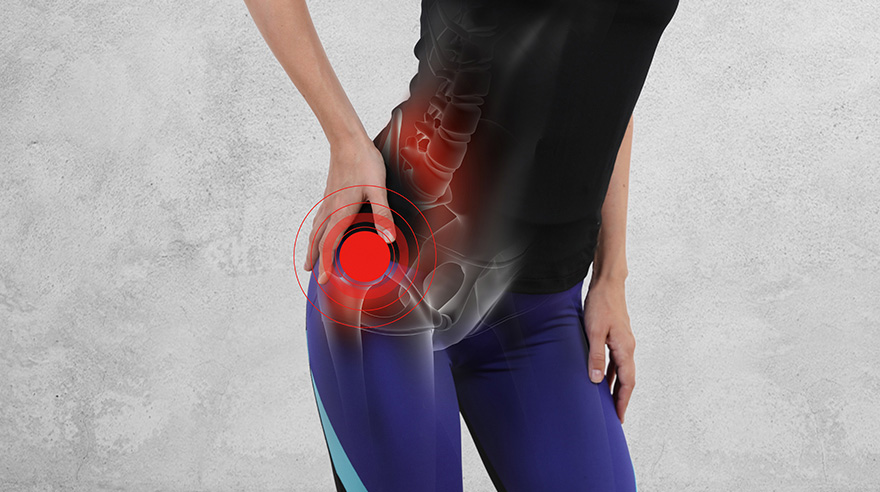Life can get tough when you’re a headache-prone person. Migraines are no joking matter; they can cripple your entire day and drain you emotionally and physically. But what if I told you there’s a way to ease the pain without resorting to over-the-counter meds? These are strategies that you can easily incorporate into your daily routine and make migraines a bit more bearable. Let’s dive into the heart of the matter and check out five practical tips on managing migraines without medicine.
1. Mindful Breathing
Breathing exercises might sound like an oversimplification, but they can do wonders for migraine relief. A technique called diaphragmatic breathing involves inhaling deeply through your nose, letting your abdomen expand fully, and exhaling slowly through your mouth. This helps decrease heart rate and blood pressure, promoting a sense of calm. If you’re interested in diving deeper into this, the Migraine and Headache Program Review is a great resource that covers this extensively.
2. Regular Exercise
Physical activity is not only good for your overall health but also for managing migraines. Exercise triggers the release of endorphins, your body’s natural painkillers. It also helps reduce tension and improve sleep. However, intense exercise might trigger migraines for some. In this case, opting for low-impact exercises such as walking, cycling, or yoga might be the best choice.
You can find some interesting tips in this article about 5 Powerful Techniques to Enhance Your Strength Training. Even if strength training is not your thing, the mentioned techniques might give you ideas for adapting your workout routine to be migraine-friendly.
:max_bytes(150000):strip_icc()/GettyImages-1365159281-d5e1fd6d53d34eb1be69be790328c15c.jpg)
3. Hydration is Key
Dehydration is a common trigger for migraines. Ensure you’re drinking enough water throughout the day. While the amount of water intake can vary from person to person, a good rule of thumb is to aim for 8 cups (64 ounces) per day.

4. Adequate Sleep
Lack of sleep is another common migraine trigger. Try to establish a regular sleep schedule, going to bed and waking up at the same time every day. Make your sleep environment relaxing and comfortable, reducing noise and light as much as possible.

5. A Balanced Diet
Certain foods are known to trigger migraines. These include foods with high levels of tyramine (aged cheese, soy, citrus fruits), processed foods, and foods containing MSG. Maintaining a balanced diet and a food diary can help you identify potential food triggers. For tips on making healthier food choices, check out this insightful piece on 6 Tips for Choosing Healthier Options at Restaurants.
Remember, each person’s experience with migraines is unique. What works for one might not work for others. Be patient, and don’t get discouraged if you don’t see immediate results. Explore these methods, adapt them to your lifestyle, and gradually, you’ll find what works best for you.

Understanding Your Migraine Triggers
Understanding your personal migraine triggers is a critical part of managing migraines without the use of medication. Triggers are specific factors that may lead to a migraine attack in certain individuals, though they do not cause migraines themselves. These can include certain foods, environmental stimuli like bright lights or loud noises, changes in the weather, and hormonal fluctuations in women. Keeping a migraine diary can be helpful in identifying your triggers. This involves noting what you ate, what activities you engaged in, and any unusual stressors or events that occurred in the hours or days leading up to a migraine attack.
Stress Management Techniques
Stress is a significant factor in triggering migraines. Finding ways to manage stress can help reduce the frequency and severity of your attacks. Techniques can include mindfulness-based stress reduction (MBSR), yoga, and biofeedback. MBSR involves focusing on the present moment nonjudgmentally and has been shown to help reduce headache frequency and disability. Biofeedback involves learning to control certain bodily processes that are usually involuntary, like heart rate. It can be a powerful tool for learning to relax and manage stress.
The Importance of a Support Network

Having a strong support network can make a big difference in managing migraines. Friends, family members, or support groups can offer emotional support and practical help. For instance, they can step in to take care of duties when you’re not feeling well. They can also provide a sympathetic ear when you need to talk about your experiences. If you’re not sure where to start, consider reaching out to local or online migraine support groups. They can offer advice and suggestions, and perhaps most importantly, they can provide the reassurance that you’re not alone in your struggle with migraines.







Comments